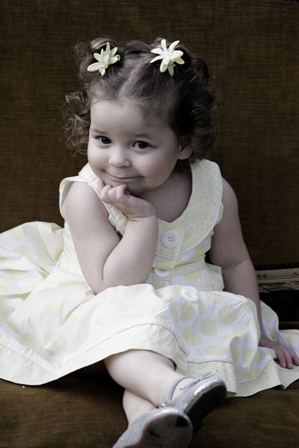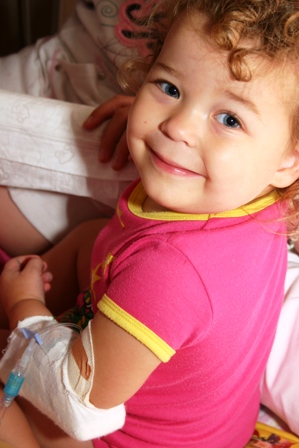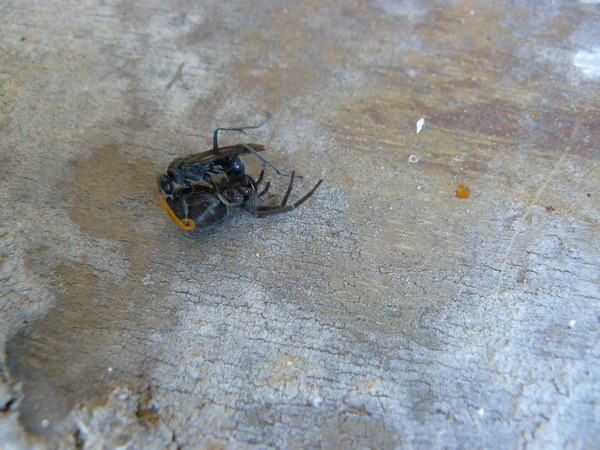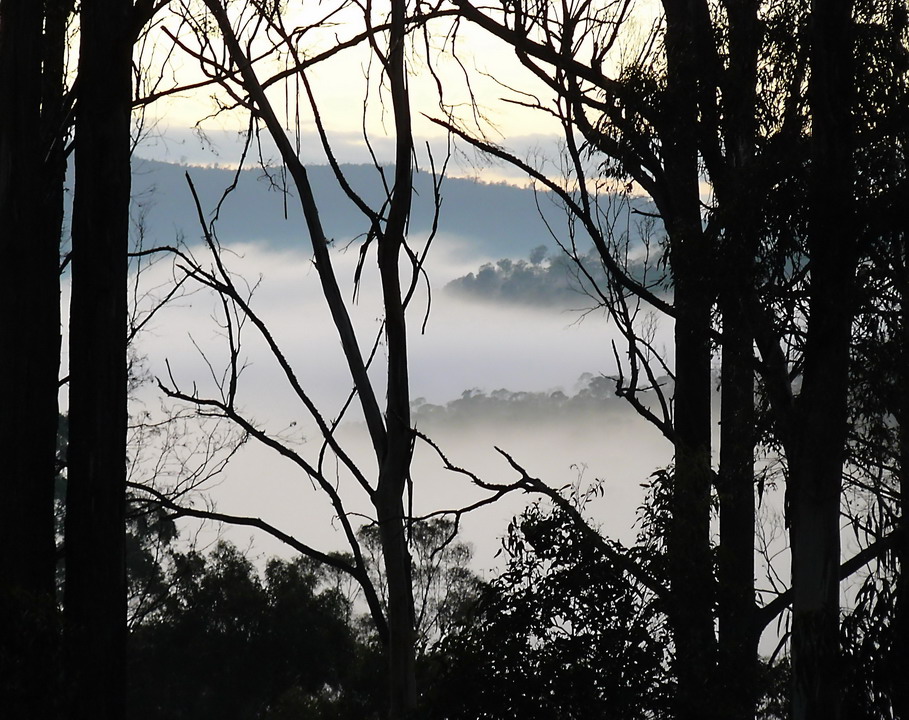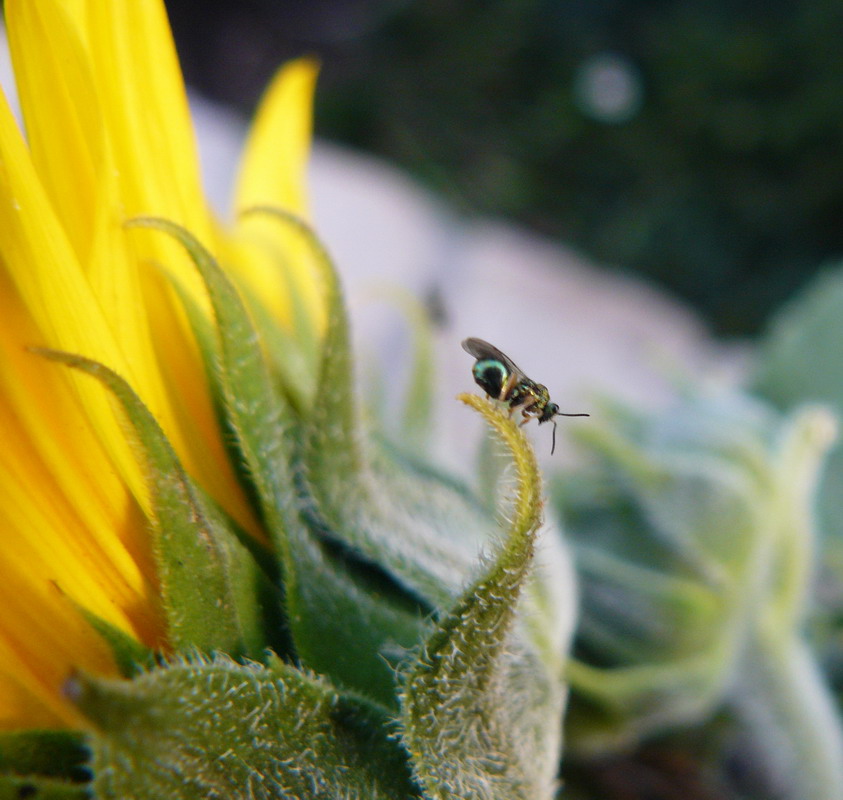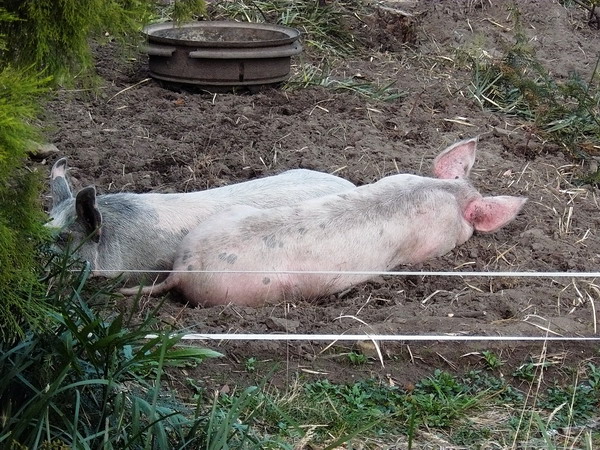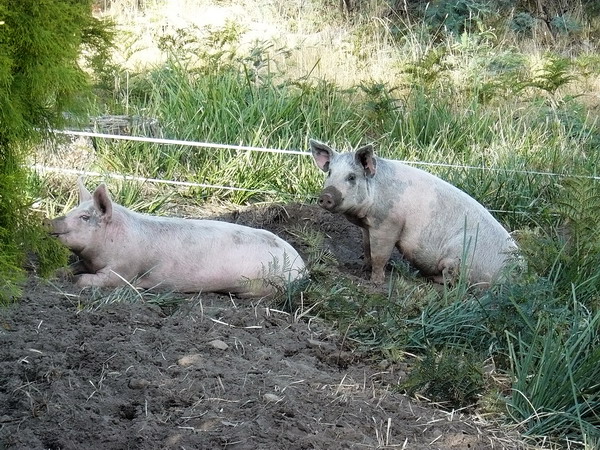Never again, Carnegie Gallery Hobart.
Angela Blakely & David Lloyd
26 February – 28 March 2010
In 1994 Angela Blakely and David Lloyd were commissioned by the History section of the Australian Army to accompany the first rotation of troops to Rwanda and photo document Australia’s involvement. In 2006 and 2008 they returned to Rwanda and discovered that for many survivors there is no life after the genocide. They have lost, and continue to lose, their health, their dignity, their security and their liberty. Justice remains elusive. Never Again makes visual the voice of the survivors of the Rwandan genocide.
In 1948 the world cried out “Never again!” In 1994 the world watched quietly and ultimately ignored the genocide in Rwanda.
Ten days have passed since I visited the exhibition, Never Again, and the impact of the images and the emotions I felt are fading. As I sit here and try and pull back the memories of my responses to the exhibition, I find myself thinking about the women whose images I saw, whose cries I heard and whose tissues were also there as a tangible reminder of their sorrow.
I felt a kinship with these women, a sisterhood of sorrow shared and it was important that I read their stories, that I pay homage to their grief. I was also very conscious of the need to protect myself, so as not to be swallowed by their grief. I was thankful that I could step back and have some respite from their pain and as I caught my breath, I was very conscious that there is no respite for these women, that the images they keep inside their heads and the emotions they felt will never fade.
I moved to a perspex box half filled with yellowing tissues and tentatively picked up the headphones provided. As I listened to the taped cries of the women in the crying room, I began to cry myself. I listened to their tears for as long as it took me to read the text assosciated with that part of the exhibition, text that I can not remember a single word of. I was thankful that I could stop listening to the sound of their pain and then wondered if they had anyone left to listen to them and so I listened again.
I was pleased that someone had thought to save the tissues, to save the women’s tears. Tissues are so easily discarded and they were a powerful symbol of how easily a human life can be discarded.
Photographs in subdued colours and muted sepia tones,of dead flowers and an empty chair in an empty room. Images of discarded prosthetics, a church where the villagers went for sanctuary and were slaughtered instead, as well as portraits of some of the survivors line this wall. Next to each photograph is a printed block of text that tells the story behind the photo. Each block of text starts the same way, I met a woman today. I met a man today and each story demands to be read. Each story needs to be re-told.
One of the stories accompanying the photographs was Marcella’s.
I met a woman today, Marcella told me what life was like for her during the genocide: watching her husband be killed; knowing her children were slaughtered; feeling the spear stab her pregnant abdomen. she related how “the neighbours, the militia and the soldiers came to kill us with guns,machetes and clubs”. what Marcella wouldn’t explain is how the women were killed. She simply said it was “inappropriate”.
And so the stories go on, each one as compelling as the next.
I met a woman today. she was sitting on a gravestone at the memorial museum, weeping quietly.She held a tissue in her hand and wiped her tears. Walking past, I didn’t want to interrupt her. She was sitting on one of the nine tombs that hold the bodies of 250,000 people – only some of those killed in Kigali during the genocide.
I wondered for whom she was crying?
On the other side of the room, I sit facing a long line of photographs on another wall. Large black photographs with small lines of text with a name and age in the centre. A powerful series of photographs, depicting a whole family decimated. The Mother, one of only four survivors left from a large, extended family is the centrepiece on this wall of death and her eyes are compelling.
A line from my journal, written as I tried to collect my thoughts and process my emotions.
As I sit opposite the wall and look at the Mother’s face I am compelled to reflect on what it means to be a woman, a mother, a daughter.
The pain of having nearly all of your extended family wiped out was reflected in the Mother’s eyes and I sat staring into her eyes for a long time thinking about how we are so vulnerable and how easily it could be any woman staring back at me. How women and children are generally the hidden, silent casualties in war,how women are viewed as legitimite spoils of war and being extremely grateful for the ability to do so I walked away from the woman’s pain.

